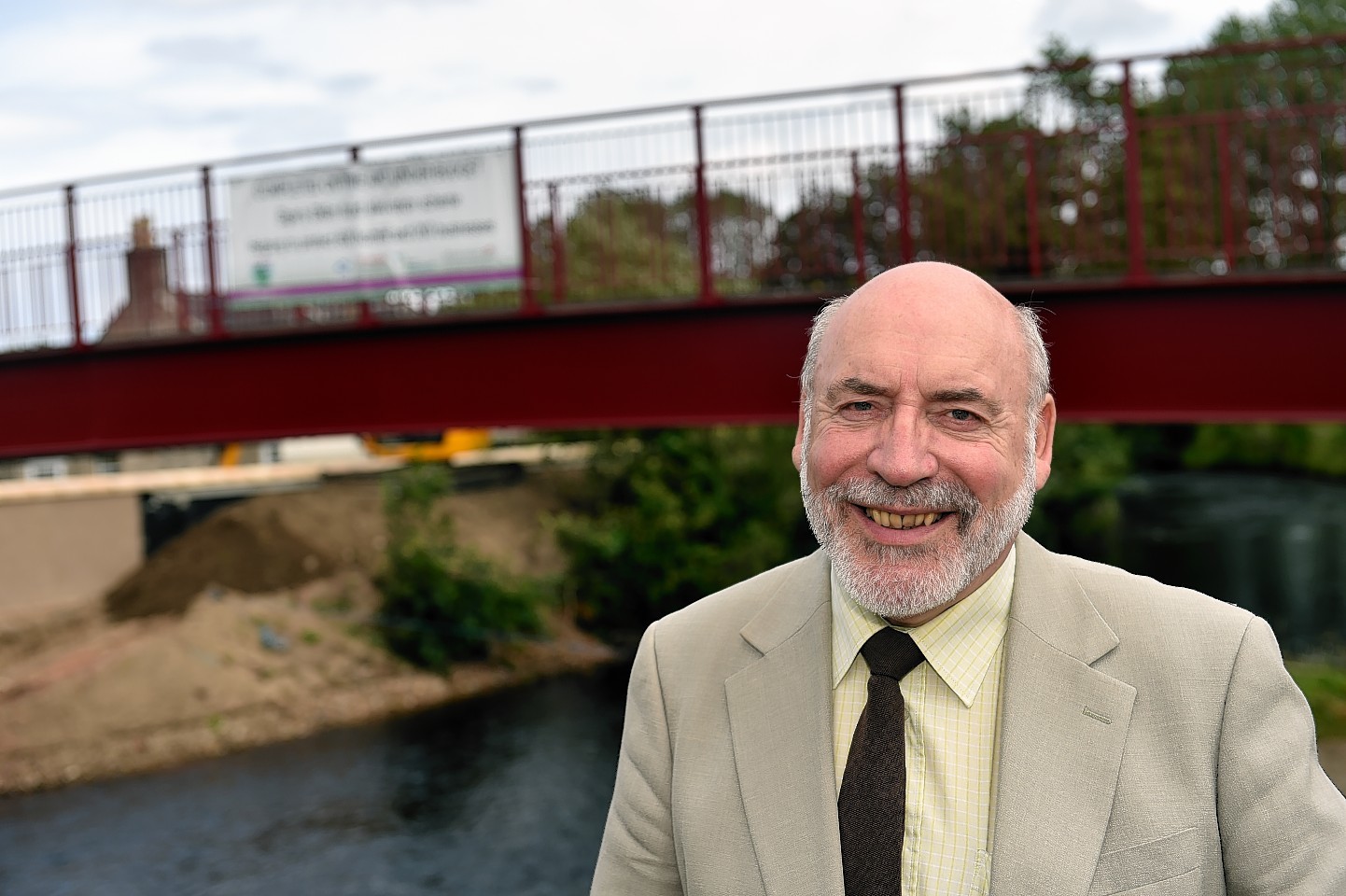Moray Council will spend hundreds of pounds translating material into Gaelic – despite little more than 1% of the population speaking the language.
Councillors agreed the move yesterday as they considered the Gaelic Action Plan, which outlines ways to promote the language across Moray.
Council leader Stewart Cree said there were “many things” he would prefer the council spend the £700 sum on.
But the local authority’s education director Laurence Findlay said that councils were duty-bound to enact a Gaelic plan under Scottish Government legislation, and to translate the document into the language.
Mr Findlay added that over his past three years in office “maybe five” parents had asked about Gaelic being taught in the region’s schools.
The committee was presented with figures from the 2011 area census which revealed that just 1.2% of residents spoke the language, but community planning and development manager John Ferguson said that since then that number had increased to roughly 1.38%.
According to those findings, approximately 1,000 people in the area possess varying levels of Gaelic.
Fochabers and Lhanbryde councillor Douglas Ross asked: “Should we spend £700 translating a Gaelic action plan into Gaelic if everyone reading it is able to read it in English?”
Mr Cree said: “There are many things I would rather the council was spending this money on – but we are left with no choice in this.
“It aggrieves me because we have a lot of other priorities.”
A Scottish Government spokeswoman explained that as the plans would go out to public consultation it was essential they are readable to people who may only speak Gaelic.
She added: “Our commitment to supporting all our indigenous languages, including Gaelic, is one of the reasons we have seen a growth in the number of Gaelic speakers under 20 over the past decade.
“Targeted investment is not only helping children excel at school, through a bilingual environment, but it is also helping Gaelic once again become a vibrant part of many of Scotland’s communities, and is estimated to potentially generate up to £150 million a year for our economy.”
The draft Gaelic Action Plan will go out to consultation and a further report will be brought back to councillors in December.
